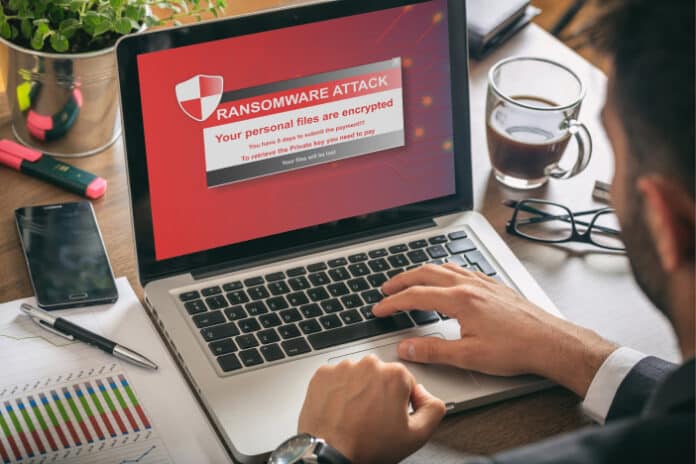A ransomware attack can be a devastating experience for a business. Not only is your data encrypted and inaccessible, but you may also lose customers who are afraid their information will be stolen as well. If you have been the victim of a ransomware attack, don’t worry – we are here to help! In this blog post, we will discuss eight steps that you can take to recover from a ransomware attack and get your business back up and running.
What is a ransomware attack?
A ransomware attack is a type of malware that encrypts your data and demands a ransom to decrypt it. Ransomware can be spread through email attachments, infected websites, or even USB drives. Once your data has been encrypted, you will see a message demanding that you pay a certain amount of money to get the decryption key. If you don’t pay the ransom within the specified time frame, the attackers may threaten to delete your data or release it publicly.
How can I recover from a ransomware attack?
There are eight steps that you can take to recover from a ransomware attack:
Step One: Isolate the infected system immediately to prevent the spread of the malware.
Step Two: Identify which type of ransomware you are dealing with. This will determine how you proceed with the decryption process.
Step Three: See if there is a free decryptor available for your type of ransomware. Some companies, such as Symantec, offer free tools to decrypt certain types of ransomware.
Step Four: If there is no free decryptor available, you may be able to use a data recovery program to Restore your files from a backup.
Step Five: If you don’t have a backup, you can try using a file carving program to recover some of your data. File carving programs search through raw data for known file headers and can sometimes piece together fragments of encrypted files.
Step Six: Contact the ransomeware attack and attempt to negotiate a lower ransom. In some cases, the attackers may be willing to decrypt your data for a lower price.
Step Seven: If you are unable to decrypt your data or negotiate a lower ransom, you may need to reformat your system and Restore your data from backups. This will remove the ransomware completely but will also delete any files that were not backed up.
Step Eight: Review your security procedures to prevent future attacks. Make sure that all of your software is up-to-date and that you have a robust backup plan in place. You should also consider investing in malware protection and email filtering solutions.
How to prevent a ransomware attack?
There are several steps that you can take to prevent a ransomware attack:
Step One: Keep your software up-to-date. Ransomware exploits vulnerabilities in outdated software, so it is important to keep all of your programs up-to-date.
Step Two: Don’t open email attachments from unknown senders. Ransomware can be spread through email attachments, so it is important to be cautious when opening emails from unknown senders.
Step Three: Avoid clicking on links in spam emails. Spam emails often contain links that lead to infected websites. If you click on one of these links, you may inadvertently download ransomware onto your computer.
Step Four: Use caution when downloading files from the Internet. Make sure that you only download files from trusted websites.
Step Five: Don’t plug in unknown USB drives. USB drives can be infected with ransomware, so it is important to only plug in devices that you trust.
By following these steps, you can help to prevent a ransomware attack on your business. However, even if you take all of the necessary precautions, there is still a chance that you could be the victim of an attack. That’s why it is so important to have a robust backup plan in place. If you do experience a ransomware attack, make sure to follow the steps outlined in this blog post to ensure that you are able to recover your data and get your business back up and running as quickly as possible.

